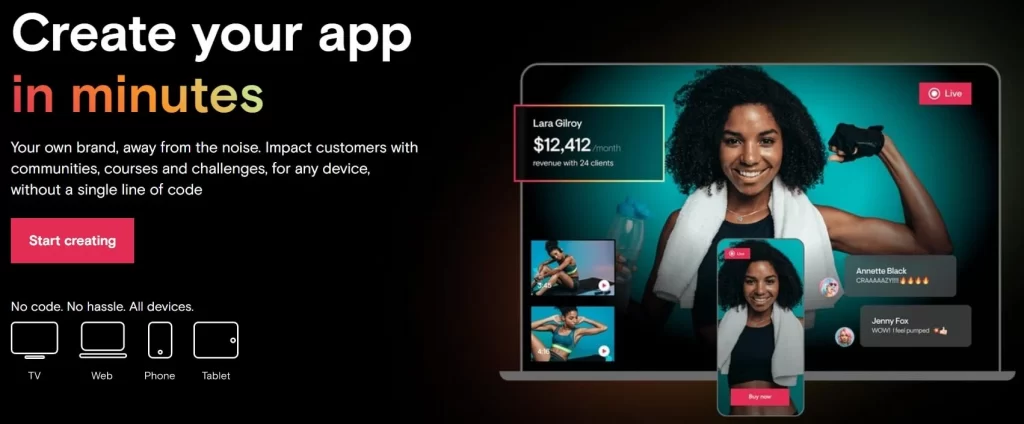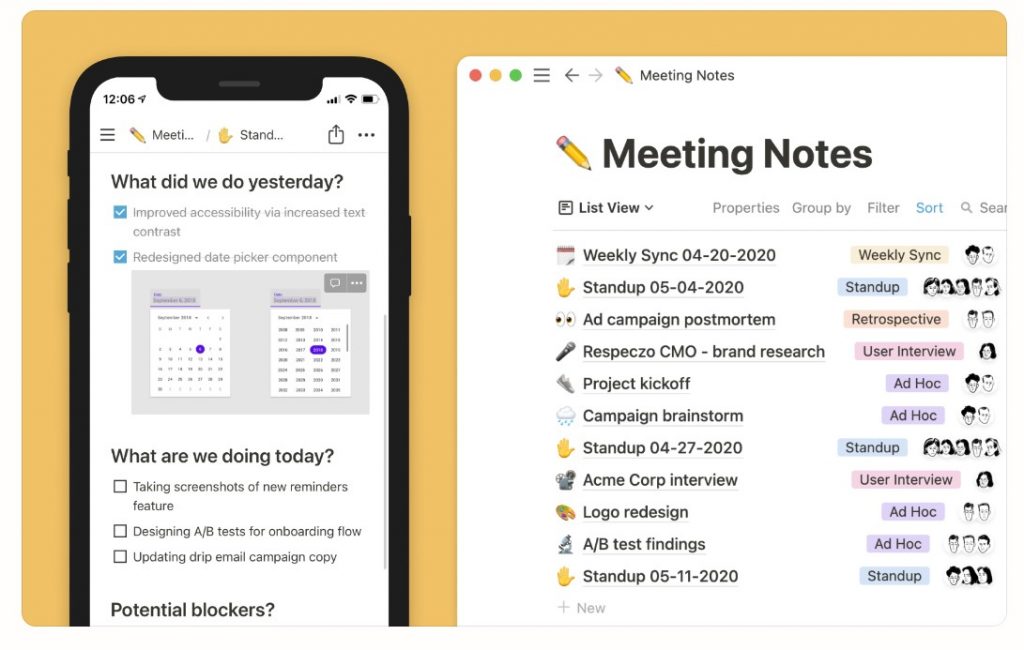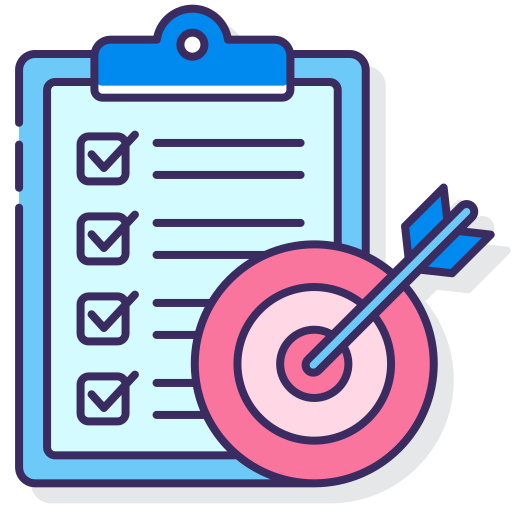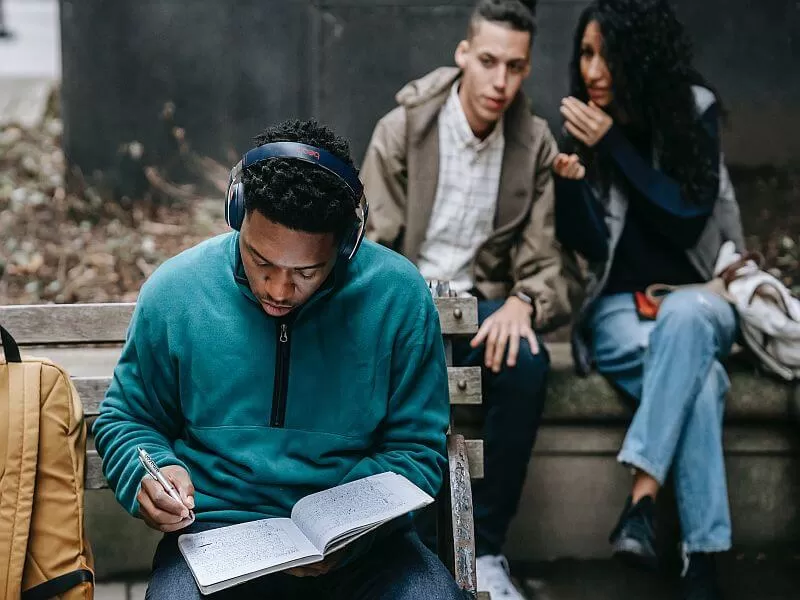Getting Students To Set Goals
Showing students how to set and reach goals is very important. These guidelines will show you how to get students to set goals.
The setting of goals is the best way for any student to learn consistency, routine, planning and self-discipline. In order to fully understand the why’s and where’s of education and how it all fits together in their life, each young person should learn to set goals for themselves.
Goals, however small, should always be written down. This way the written goals become objectives to be reached. However, it is of no use to write down goals unless a plan is developed on how to reach each goal, a date is set by which that goal must be reached and a method is developed by which progress can be monitored.
Recording Goals
Students can use their diaries, notebooks or apps on their devices to record their daily, weekly, monthly and long-term goals. We suggest some form of note or exercise book that can be set aside specifically for the purpose of setting, planning and monitoring goals.
The simplest form of goal setting is making a ‘to-do list’. This is meant to be used to set goals that should be done in one 24-hour period. Use the example of the student’s daily subject diary (or classes, periods, that they attend each day). Their first goal is to be at school and attend each class as scheduled on their daily diary before returning home at the end of the school day.
Not always a need for a computer
Once the format of writing down goals has been established (diary, notebook, exercise book), the first task is to set the habit of recording goals. A daily ‘to-do list’ should always be written up the night before so that when the next day starts, you know what you are doing. The most basic of individual goals would include, “Get up in time for breakfast”, “I will be on time to school”, and “remember to take my homework in”

Setting Long-Term Goals
Longer-term goals are set in a slightly different way. This could be carried out as a form room project so that it can be talked about in class and it will also give the students more ideas for their goal setting while listening and partaking in discussions about it.
Before writing anything into their full-time goal-setting book, have them use a piece of paper. Divide the paper into 4 columns. Head these columns “Goal”, “When By”, “Plan”, and “Resources”.
Steps to setting goals
First, have the students write in the first and second columns what goals they need or want to reach and the time or date by which they want to reach these goals. These can be anything from ‘passing my NCEA’ to (GCSE, HSC or diploma) ‘owning my own home’ or ‘becoming an air hostess’. All goals or ‘dreams’ are worth writing down or else they would not be able to see where they want to get in life. At this point, you can get some of the class members to read out some of their goals (you will find that others will write them down also as they hear them).
Next, discuss some of these goals by looking at examples of how they might reach these goals. ‘Passing my exams’ is a goal but is also a bit vague. A plan must be put in place in order to reach each goal. This is to be written in the ‘Plan’ column. If ‘passing my NCEA’ is the goal, what do they need to do in order to reach that goal? The first step may be to make sure that all homework is done or to concentrate more study in the areas where they are falling behind in. Each of these steps must be written down for future reference to see how they will reach the goal.
The final column, ‘resources’, is where they will write down what they need in order to accomplish the goal. This will include even shorter-term goals or stages that must be reached first or names of people they will need to consult to give them assistance.
When each of these goals has been discussed, then it is the time for the student to think more about it in their own time (perhaps over a weekend) and convert what they have on paper into their Goal Setting Notebook. Yes, using pen and paper can be an easier and more meaningful way of setting goals than using apps!

Types of Goals
During the discussion on the goals, it is a good time to look seriously at some of the ‘dream’ type goals such as ‘owning a big house’, ‘making a lot of money, etc. These are long-term aspirations that should also be taken seriously because, in order to reach these goals, a lot of planning and determination needs to take place.
Point out examples such as (for older students) spending too much time with your boyfriend will not allow more time for study. Less time on studying means that your mark may get lower. Lower marks may mean not passing exams and therefore not having the basic qualification to enter the job of their dreams. When students have goals and these goals are checked up on from time to time for progress, they will have the greater self-discipline to avoid pastimes that may have detrimental effects on their progress in life and in their character.
If you want to share ways you set your goals, please leave your comments below.




